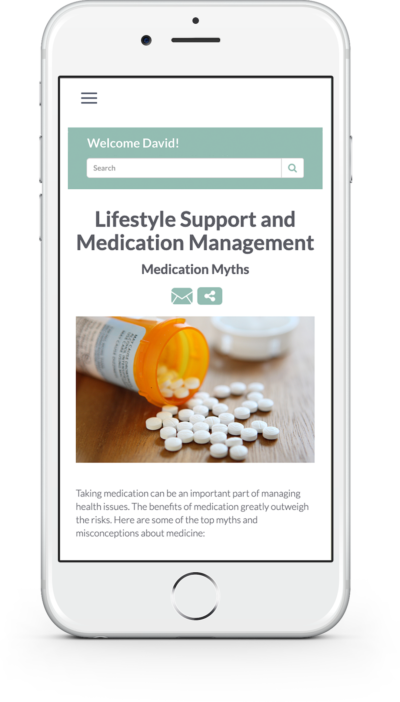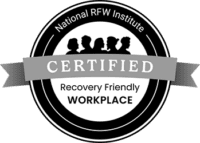4 Ways to Improve Health Outcomes
Today’s healthcare landscape offers more advanced and intuitive interventions than ever, but there is still room for improvement in increasing access to these resources while maximizing patients’ longevity and quality of life. As life expectancy continues to rise, and people are thriving longer than ever with adverse and, in many cases, formerly terminal conditions, there are other resources beyond immediate clinical treatment that can improve health outcomes even more. These resources can also help people improve their everyday health and quality of life even when they aren’t struggling with any immediate underlying condition. Here are some preventative, protective, and proactive ways to increase immediate and everyday health outcomes.
Go Beyond the Traditional Office Visit
Patients need to know their doctors and care providers are with them beyond the 15-30 minutes they may spend with them during an in-person or telehealth appointment. This means providing patients with resources pertinent to their conditions and associated health risks. For instance, if patients are struggling with cardiac issues, consistent and intuitive resources on associated factors, like nutrition, fitness, medication adherence and more can be deployed through digital messaging to help patients become further empowered to become active agents of their own care.
In a climate in which nearly 25 percent of Americans say they have steered clear of some sort of medical care, including doctor visits, medications, vaccinations, annual exams, screenings, vision checks, and routine blood work, because of the expense, it’s critically important that patients have resources to keep themselves healthy in between rarer office visits.
Better Assistance with Medication Adherence
Medication adherence continues to be another improvable area of healthcare. Providing more robust resources to help patients achieve proper compliance with their medication regimen can help improve outcomes. The Centers for Disease Control and Prevention (CDC) reports that adherence to prescribed medications is associated with improved clinical outcomes for chronic disease management and reduced mortality from chronic conditions. Additionally, non-adherence is associated with higher rates of hospital admissions, suboptimal health outcomes, increased morbidity and mortality, and increased care expenditures.
Unfortunately, cost, access and failure to remember to take medication as scheduled continue to be prime barriers to treatment. Data from the Kaiser Family Foundation indicates that nearly a quarter of respondents to a recent survey report poor medication adherence because of costs. Providing digital reminders of scheduling, as well as resources for discounted prescription options may help to increase adherence in the long-term.


GoMo Health Personal Concierge™ leverages the power of personalized digital therapeutics to support medication adherence and improve patient engagement.
Tailoring Patients’ Experience
There is a saying that when a person walks into a room, they bring their entire life with them. This is especially true when a person walks into the doctor’s office. A patient is more than just a mosaic of symptoms; they are a mosaic of experiences. They are a patient with a distinct career, with a certain type of family, with different mental health issues ,and other unique factors that directly inform their ability to manage their own care. Care plans must be tailored to each patient’s individual lifestyle factors so they can address the stressors that get in the way of managing their daily long-term health. For example, if poor diet and fitness is linked to depression, they need resources to help them navigate their mental illness. The same needs apply if they have family or career issues that are getting in the way of their care.
Leveraging Digital Technology for Long-Term Support
Digital therapeutics offer the flexibility, ease of use, and adaptability to assist in the proliferation of all of these initiatives and more to help patients better manage their own care while helping providers develop more intuitive treatment plans. Data from Grandview Research indicates that the digital therapeutics landscape is only expected to grow, reaching nearly $10 billion by 2025 in a variety of disease states, including diabetes, obesity cardiovascular disease, and more. They are a prime vehicle to seamlessly offer personally curated and timed messaging for patients struggling with a broad array of conditions.
GoMo Health has spent years helping providers and other organizations leverage the power of digital therapeutics to engage patients in their lived environment to improve treatment outcomes. Additionally, these resources help to increase joy in practice among providers, reduce healthcare costs and administrative burden on hospital systems.
Request a Consult
Find out how we can help your organization maximize immediate and long-term treatment outcomes among your patient population.






Find Us Online